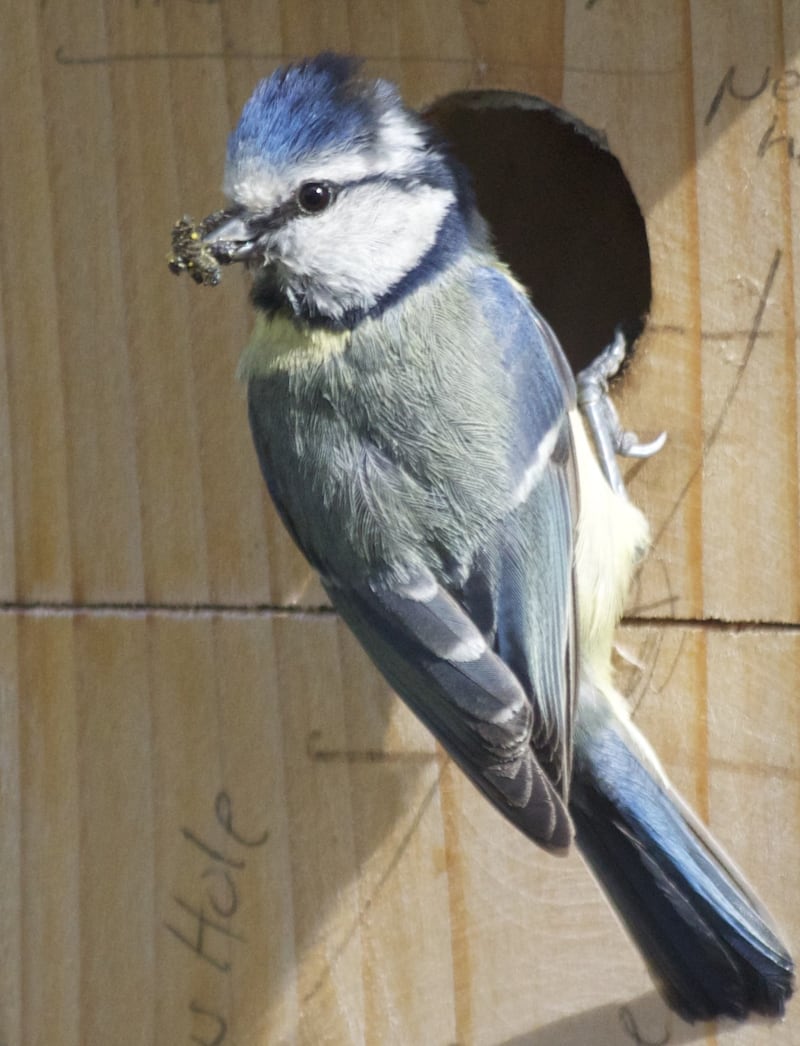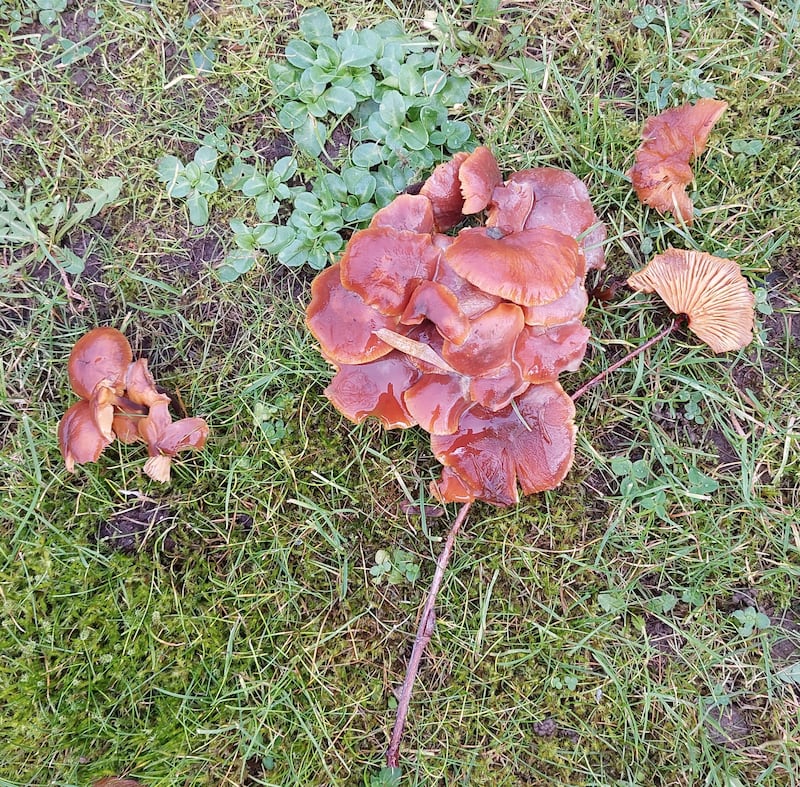Hedgehogs appear at the bottom of the bird table on a regular basis, both during the night and in the day. John Howley, Co Kilkenny
Conor Delahunty from Kildare also reported hedgehogs in his garden dining on the dog’s dinner during December. According to Met Éireann, all mean air temperatures across the country were above their long-term average for December, with frost occurring on very few days indeed. Hedgehogs need to attain a weight of at least 450g before hibernation, otherwise they would have insufficient reserves to last until spring. They were taking every opportunity to fatten up before the temperatures dropped sufficiently to send them into hibernation in specially built nests of leaves and grass in undergrowth or under sheds.

We successfully housed a blue tit last year and are looking forward to a new tenant this year. Upon examining the box, I have found a beautifully cosy nest from last year. Shall I leave that there for the coming year, or will that discourage any new tenant? Andrew Clarke, Dublin
You should clean out the box so that it will be ready for the coming nesting season. This does mean removal of the old nest followed by a thorough cleaning, because feather parasites or insect scavengers may be present in the old nest and would attack this year’s birds. The best way to clean the box is to take it down, remove the old nest and then thoroughly scald it with boiling water. Let it dry out thoroughly before replacing the lid. Don’t use pesticides or flea powders as these are harmful to birdlife. Then, when it is all dry and clean, you can put in back in the same place and wait for the blue tits to come prospecting again – which they will do from March onwards.

This insect was on the floor of an outdoor tiled area on St Stephen’s Day. Is it a bee? He was much bigger than your average bee. Breege Beirne, Co Cork
That’s because “he” was an overwintering queen bumblebee. She had been disturbed and was lying on her back buzzing a lot and ready to sting if touched. The wings are below the body in this picture. Judging from the coloured hairs at the end of the abdomen, it was the early bumblebee, Bombus pratorum. Hopefully she went back to sleep for another month or two until the nectar-filled dandelions are out.

I have been unable to identify this fungus. I spotted it on a Liffey walk in Leixlip over Christmas. Frank Curran, Co Kildare
This is most likely the velvet shank (Flammulina velutipes), which typically occurs in winter. It is so-called because its stems appear black and velvety, turning yellowish at the apices. This fungus has a clustered growth and a slimy cap and usually grows on deciduous trees. It may be growing here on a tree root or on buried dead wood.

I was out walking the dog at 10pm on a windy and rainy night when this started jumping along the pavement in front of us. Why would a frog be moving around in a housing estate on December 16th? Is it a common frog? Paul Downey, Co Waterford
This is more of it. The frog is having a night on the town instead of being in deep hibernation. We only have common frogs in Ireland and they hibernate during cold winter months when their insect food is no longer available. It looks as if it may be full of eggs and, as it was jumping, it was definitely a frog. Our native natterjack toads can run but not hop.
Please submit your nature query, observation, or photo with a location, via irishtimes.com/eyeonnature















